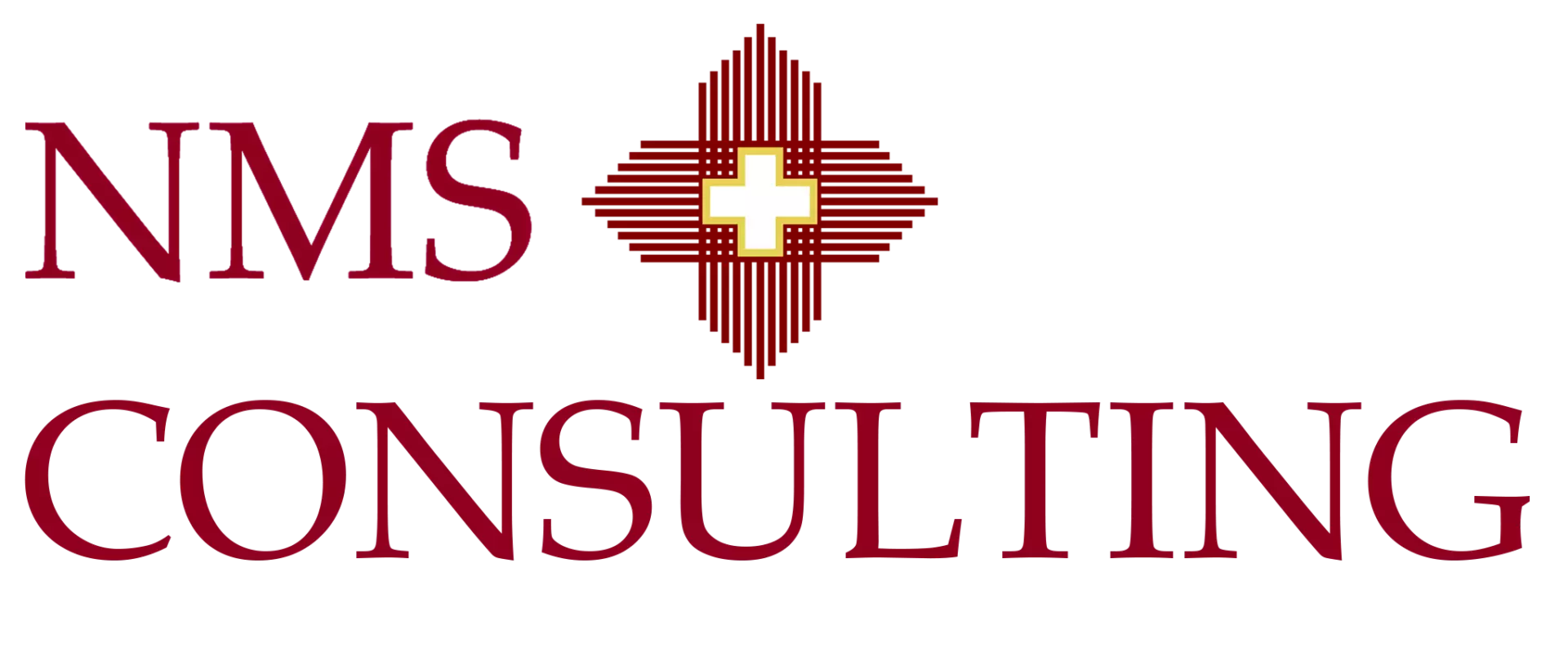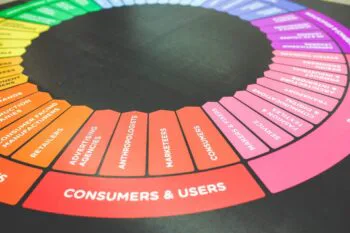Risk Management Services with a Risk Control Center

Published: • Updated:
On This Page
Want a working hub with a board ready dashboard and a tested playbook? Talk to a consultant
Why A Risk Control Center Now
Risk Control Center: 30-60-90
First 30 Days: Frame And Stand Up
- Confirm scope across enterprise, cyber, operational, financial reporting, and third party risk. Anchor to ISO 31000 and COSO ERM.
- Publish a simple risk policy and appetite statement. Define a KRI starter set and an issue taxonomy.
- Stand up the weekly cadence and a single tracker for assessments, control tests, issues, and incidents.
Days 31 to 60: Measure And Test
- Run initial assessments. For cyber, map to NIST CSF 2.0 and select controls from NIST SP 800-53 that fit your environment.
- Launch control testing and evidence collection. Open issues with owners and dates. Track risk acceptance with sign off.
- Build a board and audit pack that links risks, KRIs, test status, and remediation progress.
Days 61 to 90: Govern And Report
- Establish quarterly risk reviews with leadership and the audit committee. Tie risks to plans and budgets.
- For listed companies, prepare SEC cyber disclosure processes and a playbook for materiality decisions.
- For EU financial entities, align to DORA testing, incident reporting, and third party risk obligations.
Core Components
- Governance and Policy: charter, roles, escalation, appetite and tolerances.
- Risk Assessment: registers by domain, clear scoring, risk acceptance workflow.
- KRIs and Monitoring: small, stable metric set with thresholds and owners.
- Control Testing: library mapped to standards, evidence, issues, and retests.
- Issues and Incidents: taxonomy, response playbooks, post incident reviews.
- Reporting: monthly management view, quarterly board and audit pack.
Pillars, Moves, KRIs, and References
| Pillar | Typical Moves | KRI or Metric | Reference |
|---|---|---|---|
| Enterprise Risk | Policy, appetite, register by domain, quarterly review | Top risks on track | ISO 31000; COSO ERM |
| Cyber Risk | Profile against NIST CSF 2.0, control set from NIST SP 800-53 | Control pass rate | NIST CSF 2.0; NIST 800-53 |
| Regulatory | Disclosure and reporting routines where applicable | Timely filings | SEC cyber rule; DORA |
| Third Party | Risk tiers, due diligence, contracts, monitoring | Critical vendor status | DORA third party |
| Incidents | Playbooks, materiality calls, lessons learned | Mean time to contain | SEC rule page |
Frequently Asked Questions
What is the minimum team for a Risk Control Center?
One lead plus three stream owners for enterprise risk, cyber and controls, and reporting. Add rotation from compliance, audit, and operations.
Which KRIs should we start with?
Open risks by severity, overdue actions, control pass rate, incident counts and time to contain, vendor risk by tier, and regulatory filings due vs filed.
How does this connect to internal audit?
Audit uses the same register and control library to plan assurance. Findings flow back into the issue log with owners and retest dates.
Related Reading
- Cybersecurity and Data Privacy
- Data Privacy Consulting for Operational Compliance
- Fortifying Cybersecurity and Data Privacy Compliance
- Data Privacy and Cybersecurity Regulations: Introduction
- Data Privacy and Cybersecurity Tips
- Supply Chain Risk Management Consulting for Resilience
- Post-Merger Integration Strategy and Execution
- Regulatory Compliance Consulting Services
Sources
- ISO. ISO 31000 Risk Management Guidelines. https://www.iso.org/standard/65694.html
- COSO. Enterprise Risk Management. https://www.coso.org/guidance-erm
- NIST. Cybersecurity Framework 2.0. https://csrc.nist.gov/pubs/cswp/29/the-nist-cybersecurity-framework-csf-20/final
- NIST. SP 800-53 Rev. 5 Controls. https://csrc.nist.gov/pubs/sp/800/53/r5/upd1/final
- SEC. Public Company Cybersecurity Disclosures Final Rule Fact Sheet. https://www.sec.gov/files/33-11216-fact-sheet.pdf
- EIOPA. Digital Operational Resilience Act overview. https://www.eiopa.europa.eu/digital-operational-resilience-act-dora_en
About the Author
Aykut Cakir, Senior Partner and Chief Executive Officer, has a demonstrated history in negotiations, business planning, business development. He has served as a Finance Director for gases & energy, pharmaceuticals, retail, FMCG, and automotive industries. He has collaborated closely with client leadership to co-create a customized operating model tailored to the unique needs of each project segment in the region. Aykut conducted workshops focused on developing effective communication strategies to ensure team alignment with new operating models and organizational changes.




